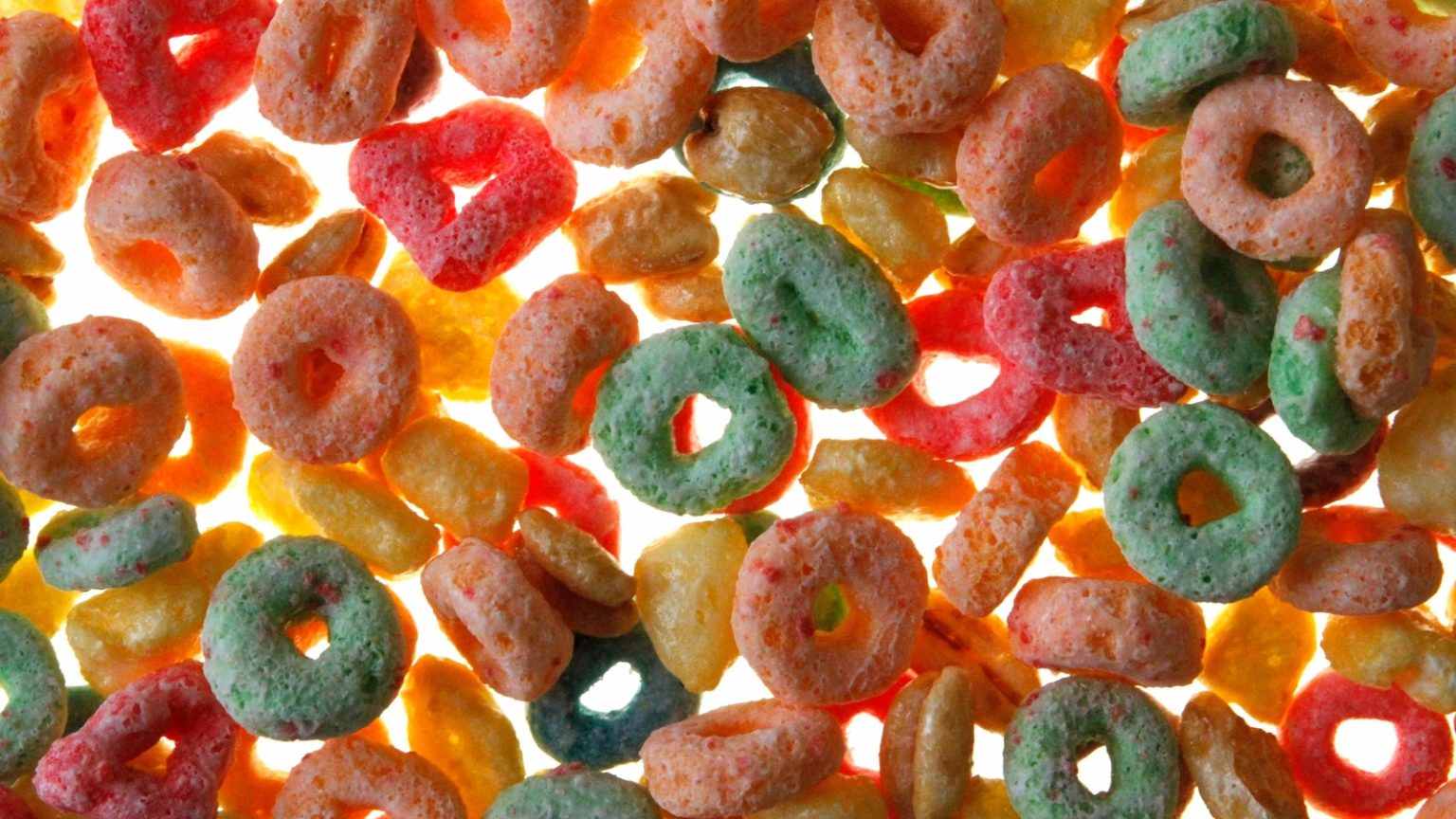The FDA Ban on Red 3: A Step Toward Healthier Food Choices
In a significant move to protect public health, the U.S. Food and Drug Administration (FDA) recently banned the use of Red 3, a synthetic dye commonly found in foods and medications, citing its link to cancer in laboratory studies. This decision marks a crucial step in the ongoing debate over the safety of artificial additives in our food supply. Red 3, also known as erythrosine, has been widely used to enhance the color of products like candies, cough syrups, baked goods, and frozen treats. While the FDA emphasizes that the cancer-causing mechanism in rats does not directly apply to humans, the ban underscores a broader shift toward addressing consumer concerns about synthetic ingredients in food.
Synthetic Dyes: Understanding Their Role and Risks
Synthetic dyes, which are petroleum-based chemicals, are used to enhance the visual appeal of food products. These dyes do not occur naturally and are designed to make foods more attractive to consumers. In the U.S., the FDA has approved nine synthetic dyes for use in food, including Red 3, Blue 1, Blue 2, Green 3, Red 40, Yellow 5, and Yellow 6. Additionally, two lesser-used dyes, Citrus Red 2 and Orange B, are also permitted. The FDA regulates these additives, certifying their safety and overseeing their use in food products. However, the recent ban on Red 3 has raised questions about the long-term safety of other synthetic dyes and their potential impact on human health.
Health Concerns and Consumer Advocacy
The ban on Red 3 follows years of advocacy by consumer groups and health experts, who have highlighted the potential risks associated with synthetic dyes. While the FDA notes that the cancer-causing effects of Red 3 observed in lab rats may not translate to humans, the agency is legally required to prohibit any additive shown to cause cancer in animal studies. Beyond cancer concerns, synthetic dyes have also been linked to behavioral issues in children, particularly hyperactivity and impulsivity, especially in those at risk for attention deficit hyperactivity disorder (ADHD). Dr. L. Eugene Arnold, a psychiatrist and ADHD researcher, suggests that while artificial colors may not be the primary cause of ADHD, they could exacerbate symptoms in some cases.
Momentum for Change: Regulatory Actions and Public Demand
The FDA’s decision to ban Red 3 is part of a growing movement to limit the use of synthetic dyes in food. Consumer advocates, including the Center for Science in the Public Interest, have long pushed for stricter regulations on artificial additives, citing health risks and the availability of natural alternatives. At the state level, California has taken the lead by banning six artificial food dyes in school meals, while other states are considering similar measures. Public awareness and demand for cleaner, healthier food options are driving this shift. A recent AP-NORC poll found that about two-thirds of Americans support restrictions or reforms to remove synthetic additives from processed foods.
Natural Alternatives: Challenges and Opportunities
As synthetic dyes face increasing scrutiny, manufacturers are turning to natural ingredients to color their products. Options like beet juice, carmine (derived from insects), and pigments from fruits and vegetables such as purple sweet potatoes and red cabbage are gaining traction. However, transitioning to natural dyes presents challenges. According to Meghan Skidmore, a spokesperson for Sensient Food Colors, natural dyes may be less stable and can degrade under certain conditions, such as exposure to heat or acid. While these hurdles are not insurmountable, they highlight the complexity of replacing synthetic additives with natural alternatives.
Empowering Consumers: Making Informed Choices
For consumers who wish to avoid synthetic dyes, the best approach is to read food labels carefully. Dr. Arnold advises shoppers to be cautious of products with long lists of unrecognizable ingredients, as these often contain synthetic additives. By choosing whole, minimally processed foods and supporting brands that use natural ingredients, consumers can reduce their exposure to artificial colors. As public awareness continues to grow and regulatory efforts intensify, the food industry is likely to see further shifts toward cleaner, healthier products. The ban on Red 3 is just the beginning of a larger conversation about the role of synthetic additives in our food supply.















